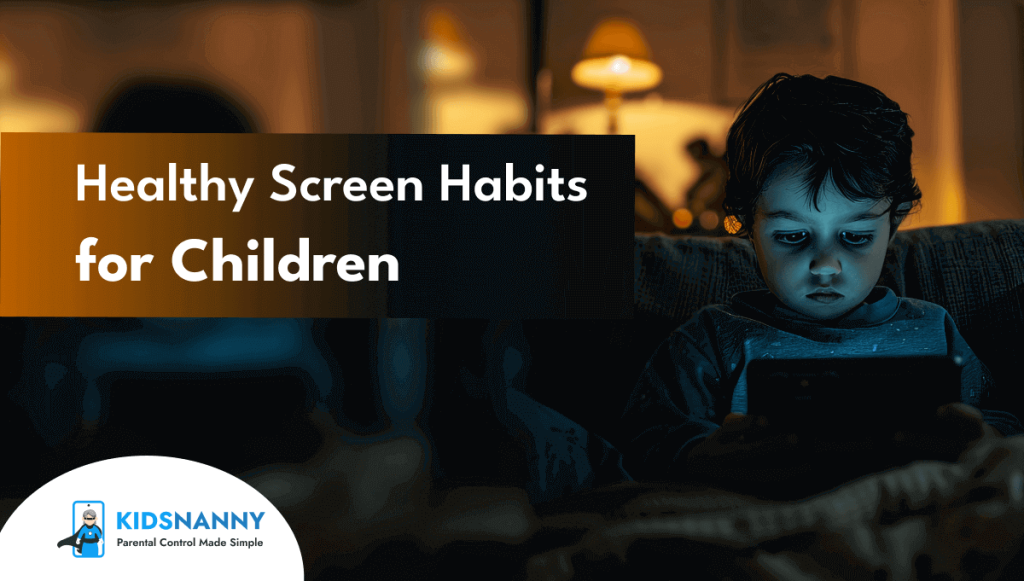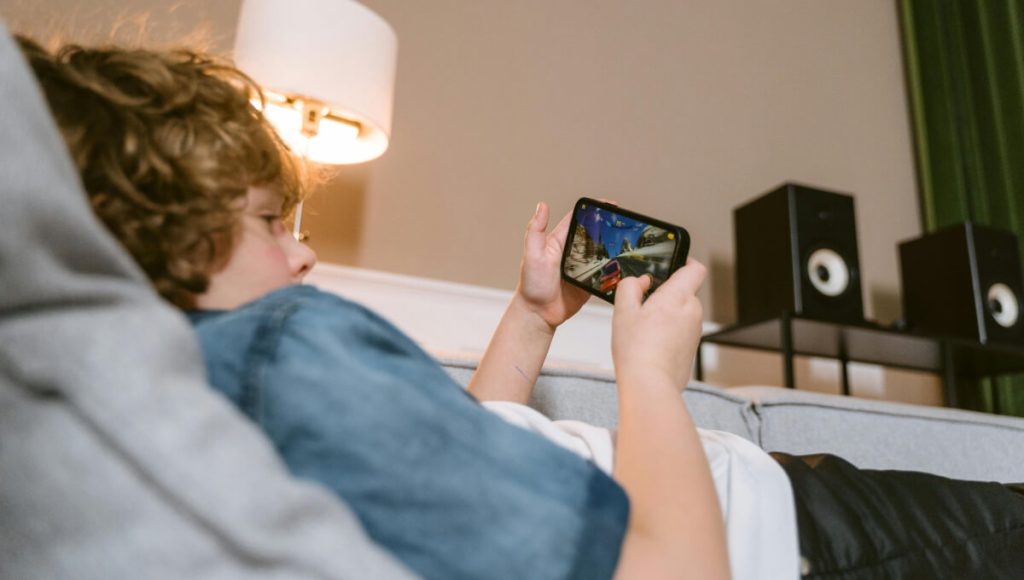
In today’s technology-driven world, screens have become an integral part of children’s lives. Whether it’s for education, entertainment, or socializing, kids are spending more time in front of screens than ever before. While technology offers many benefits, excessive screen time can negatively impact your child’s health, sleep, and social development. As a parent, finding the right balance is key. Explore practical strategies to help you reduce your child’s screen time and encourage healthier, more balanced digital habits.
Understanding the Impact of Excessive Screen Time
Before exploring solutions, it’s important to recognize the potential downsides of excessive phone usage:
- Health Implications: Prolonged screen exposure can lead to eye strain, headaches, sleep disturbances, and even neck and shoulder pain.
- Behavioral Issues: A Western University report According to High screen time has been linked to increased anxiety, and depression.
- Social Development: Over-reliance on smartphones can replace meaningful in-person interactions, potentially leading to feelings of loneliness and social isolation.
Effective Strategies to Reduce Your Child’s Screen Time
1. Set Clear and Consistent Boundaries
- Create Screen-Free Zones: Designate areas in your home, such as the dining room or bedrooms, where screens are not allowed. This encourages more family interaction and healthier routines.
- Implement Screen Time Limits: Use parental control apps like KidsNanny to set daily or weekly screen time limits. This helps children understand the importance of balance.
- Model Healthy Behavior: Children often imitate their parents’ habits. By reducing your own screen time, you set a positive example for your child.
2. Encourage Alternative Activities
- Promote Outdoor Play: Encourage your child to spend time outdoors, engaging in physical activities like biking, hiking, or playing sports.
- Introduce New Hobbies: Support your child in discovering new interests, such as reading, drawing, or playing a musical instrument, which do not involve screens.
- Family Time: Plan regular family activities that don’t involve screens, such as board games, cooking together, or nature walks.
3. Use Technology Mindfully
- Educational Content: When screen time is necessary, prioritize educational content that supports learning and development.
- Mindful Viewing: Teach your child to be selective about what they watch and to be aware of the time spent on devices.
- Co-Viewing: Whenever possible, watch content together with your child. This allows you to monitor what they are consuming and opens up discussions on various topics.
Parental Control Apps: A Powerful Tool
For parents concerned about their children’s screen time, apps like KidsNanny offer effective tools to manage and monitor device usage. These apps enable setting time limits, filtering content, and tracking app usage, helping parents guide their children toward a healthier relationship with technology.
Monitor their Screen time, App usage, Screen Scanner, Live location and more with KidsNanny.
Conclusion
Reducing your child’s screen time is a crucial step in promoting their overall well-being. By setting clear boundaries, encouraging alternative activities, and using technology wisely, you can help your child develop a healthy relationship with screens. Remember, the goal is not to eliminate screens entirely, but to create a balanced approach that supports your child’s growth and happiness.







